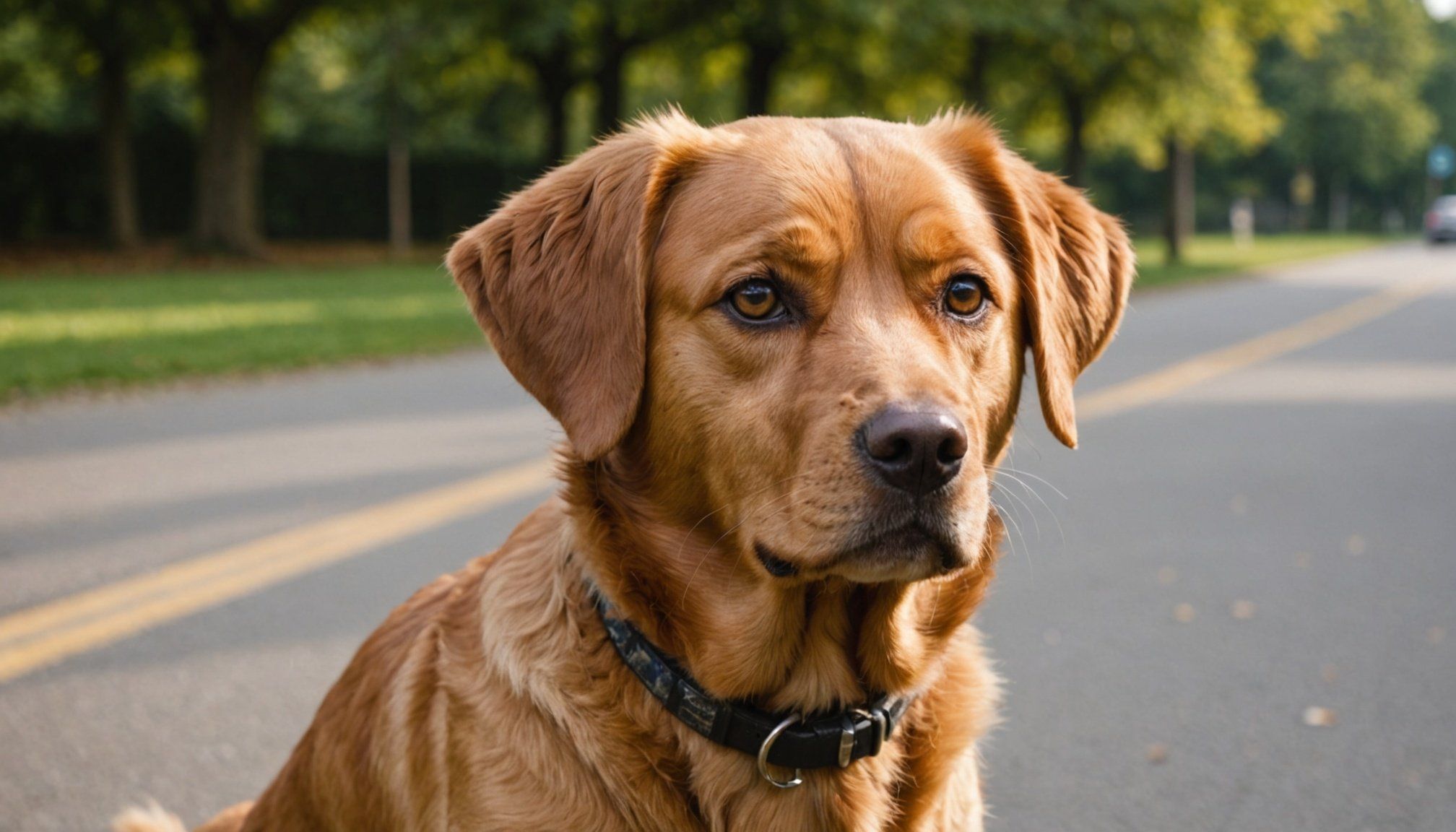
When it comes to our furry friends, anxiety, especially separation anxiety, can manifest in various ways, from mild whimpering to destructive behavior. As pet parents, witnessing your dog in a state of distress when you leave the house can be both heartbreaking and frustrating. But what leads to separation anxiety in dogs, and how can you mitigate it?
Separation anxiety is a common yet serious condition in dogs that can drastically affect their quality of life—and yours. Symptoms can range from incessant barking to more severe cases where dogs may harm themselves trying to escape confinement. Understanding the root of what triggers this anxiety, along with consistent training and strategies, can help your dog feel more secure when you’re not around. Let’s delve into how to identify, manage, and, most importantly, alleviate the symptoms of separation anxiety in your dog.
A voir aussi : What are the best breeds for service dogs?
Before you can address separation anxiety, you need to be able to recognize the signs. Anxious behaviors can occur when dogs anticipate their owner’s departure or shortly after being left alone. These are not the usual signs of a dog missing its owner; they are indicators of a deeper issue that needs attention.
Understanding what separation anxiety looks like in your dog is the first step to making them feel better. Remember, these behaviors are not spiteful or malicious; they are signs your dog is suffering and needs help.
A lire aussi : How to tell if your pet needs more exercise?
A key aspect in alleviating your dog’s separation anxiety is to create a departure ritual that reduces the stress associated with you leaving. A calm and consistent routine helps signal to your dog that there’s no need to panic.
By implementing a structured routine, you can help lessen the anxiety your dog feels when it’s time for you to leave the house.
Training plays a crucial role in helping dogs cope with separation anxiety. There are several training techniques that can be employed to teach your dog that being alone is not a negative experience.
The goal of these training methods is to slowly acclimate your dog to being alone by leaving them for short periods and gradually increasing the time spent apart.
Patience and consistency in these training efforts are vital. It can take time for your dog to adjust, but with gentle reinforcement, they can learn that solitude isn’t something to fear.
In some instances, a dog’s separation anxiety can be severe, and you may need to consider additional support.
For dogs with severe anxiety, a professional approach can provide the necessary support to overcome their challenges.
Anxiety in dogs is not just an emotional issue—it can affect their physical health as well. As a responsible pet parent, ensuring your dog’s well-being means addressing both their mental and physical needs.
Taking care of your dog’s overall well-being is crucial in minimizing anxiety and ensuring they lead a happy, balanced life.
Handling a dog’s separation anxiety can be challenging, but with the right approach, it is manageable. Recognizing the signs of anxiety, creating a safe departure routine, employing training strategies, considering professional intervention when necessary, and ensuring overall well-being are all essential components of helping your dog overcome this condition. Patience and consistency are key in making sure your dog feels secure, even in your absence.
Remember, each dog is unique, and what works for one may not work for another. It’s about finding the right combination of techniques that suit your dog’s individual needs. Addressing separation anxiety in your dog not only improves their quality of life but also strengthens the bond between you. With time and dedication, you can help your dog become more independent and less anxious, allowing both of you to enjoy your time apart without undue stress.